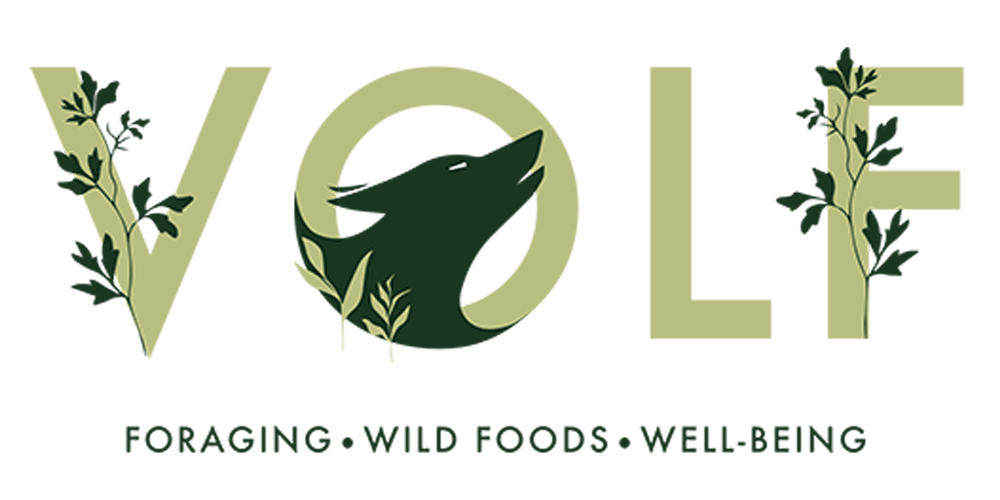Flowering Currant Champagne
Recipe by Luke Jefford
In an ever ending pursuit of being original, nikki & I was thinking, why hasn’t anyone made Flowering Currant champagne? The flavour of the flower lends itself so well to infusions it has to be a thing right? I mean, elderflower champers is a thing. So we started out our ferment with the impression we were going to bring something epic into everyone’s consciousness. Turns out after reading Mark’s website, halfway through fermenting.. Of course. He’s done it already. Considering he’s a much more accomplished mixologist than us, it’s not surprising.
Flowering Currant is such a great infuser. It is herbaceous, sweet & floral. It is an absolute must at this time of year! The flavour of this homemade sparkling wine is as good as any sparkling rosé we’ve tasted and surprisingly dry. All with only 5 easily collectable ingredients! It’s makes around 3.5 litres.
Some say the flowers as they mature can smell of cats wee. Since I’ve never owned cats, I’m not 100% sure of what that smells like. For me personally, I haven’t found them to be anything other than enjoyable. No matter what stage they’re at. Although, the senses are subjective for everyone.
We opted to use champagne yeast. The security of using yeast is optional, the wild yeast on the extremely resinous and yeast packed, Flowering Currant flowers, would suffice. Opting for some ‘raw’ honey in place of sugar would help with the ferment too, if you wanted to go down a more natural fermentation route. Alas, we don’t mind using shop bought yeast here and there if it guarantees an outcome.
If you find you’ve taken your ferment too far and the bubbles have dissipated. Upon bottling, add a teaspoon of sugar to each bottle to reactivate your ferment, if you feel there isn’t enough carbonisation there.
We would 100% recommend bottling in to plastic, as much as that pains us to say. Unless you’re prepared to pay out for thick glass sparkling wine bottles. The fermentation gases in this are just explosive!
Ingredients
650g White Unrefined Sugar
3300L Water
3 Lemons (Zested & Sliced)
5g Champagne Yeast (1 Packet)
230 Currant Dangling Bunches Of Flowers (Racemes). Picked on a sunny day.
Method
It is really important to make sure all of your utensils are sterilised before starting.
Step 1
Heat up your sugar & water until reaching boiling point and remove from the heat. Then add your lemon slices.
Step 2
Once your liquid has cooled to blood temperature (37c) add in your flowers. Leave overnight or for 24hrs for those flavours to properly infuse.
Step 3
After 24 hours strain everything out. At this stage your going to have to follow your yeast instructions on the packet, for the activation of your yeast. Ours was to bring the infused liquid up to 37c in a pan, and then add the yeast.
Step 4
Pop in to a fermentation vessel of your choice. We use a 5L Kilner fermentation jar (pictured below). Making alcohol needs to be done anaerobically (in the absence of oxygen). So make sure you have the means to do this before starting your wild alcohol journey.
Step 5
How long this will take to ferment into alcohol is really dependant on where you store it, the temperature of your house, many things. And, what level of alcohol you want from it. We found that 3 and a half weeks was perfect for us at a final ABV of 7-8%. Once you’re ready, store in to plastic screw top bottles.
If you’ve found your wine has gone a little flat, simply add a teaspoon of sugar in to the bottle(s) to reactivate and feed that yeast. We actually enjoy it both flat and sparkling.




